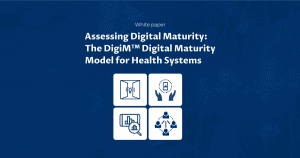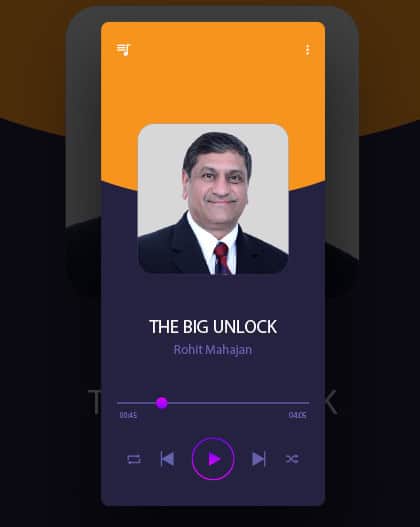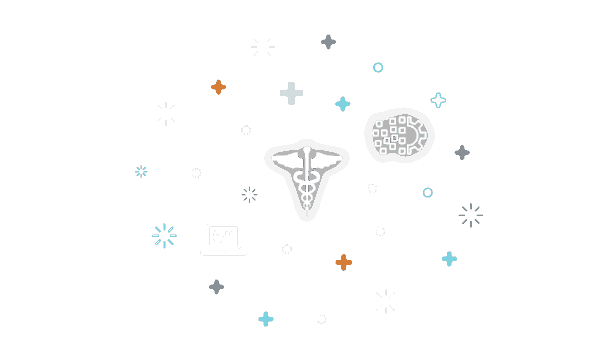How AI is Transforming Clinical Workflows and Provider Experience

In an era where clinicians are increasingly burdened with administrative work and growing documentation demands, innovative technologies like AI are stepping into ease these pressures. In a recent episode of The Big Unlock podcast, Dr. Angelo Milazzo, MD, MBA, Chief Medical Officer at Duke Health Integrated Practice, joined by hosts Rohit Mahajan and Ritu M. Uberoy to explore how artificial intelligence—particularly ambient listening tools and Agentic AI—is reshaping the healthcare experience for both providers and patients.
“I want to restore joy by letting clinicians focus more time on treating patients.”
– Dr. Angelo Milazzo, MD, MBA, Chief Medical Officer at Duke Health Integrated Practice
Listen to the full conversation
“We’re using ambient tech to ease documentation, restoring joy by letting clinicians focus on patients.”
– Dr. Angelo Milazzo, MD, MBA, Chief Medical Officer at Duke Health Integrated Practice
Using Ambient Tech to Unburden Providers
Dr. Milazzo discussed the implementation of ambient listening technology, which is a AI tool that listen in on clinical encounters and generate documentation seamlessly in the background. These tools are designed to record patient-provider conversations during the clinical visit, process the information through advanced natural language processing algorithms, and generate structured clinical notes in real-time. Once complete, these notes are automatically integrated into the Electronic Health Record (EHR) system, dramatically reducing the time physicians spend typing or dictating.
“We measure success through clinician feedback and EHR-integrated data—restoring joy by improving patient care,” he added. This approach, Dr. Milazzo noted, not only reduces administrative workload but also brings providers back to the heart of why they pursued medicine in the first place—caring for patients.
Responsible AI and the Clinical Partnership
While AI tools offer great promise, their success depends on thoughtful, responsible implementation. Dr. Milazzo emphasized that deploying these technologies is not just about technical feasibility, but about ensuring that clinicians trust the tools and understand their role in supporting—not replacing—human care.
“It’s about figuring out the most responsible, the most applicable use case — and then being good stewards of the AI technologies.”
– Dr. Angelo Milazzo, MD, MBA, Chief Medical Officer at Duke Health Integrated Practice
Dr. Milazzo emphasized the importance of close collaboration between clinical leaders and technology partners. He says that Trust is built through shared goals and transparent communication. When those pieces come together, the impact can be transformative. “When you have that strong clinical technologic partnership, you can do amazing things,” adds Dr. Milazzo.
This synergy between healthcare professionals and tech developers allows for tools to be customized to specific needs, fostering adoption and maximizing impact.
Impact on Clinician Satisfaction and Work-Life Balance
Clinician burnout has long been a concern in healthcare, exacerbated in recent years by the pandemic and rising administrative demands. Dr. Milazzo believes AI can be part of the solution—if used correctly.
By automating repetitive documentation tasks and minimizing after-hours work, ambient AI tools help improve work-life balance and reestablish meaningful patient engagement. Duke’s strategy, as described in the episode, involves collecting feedback directly from clinicians and continuously refining tools based on their experiences.
Dr. Milazzo also underscored the importance of measuring success using both quantitative EHR data and qualitative insights from the providers themselves. This dual approach ensures the technology is delivering tangible value without disrupting clinical workflows.
The Promise of Agentic AI in Healthcare
As the conversation progressed, the focus shifted to a newer frontier: Agentic AI. This emerging category of GenAI represents intelligent digital agents capable of completing tasks autonomously, from triaging messages to managing routine patient communications.
He explained that Agentic AI has the potential to redefine administrative roles, allowing human workers to focus on higher-value tasks. For example, in-basket message triage—an often time-consuming and low-yield activity for providers—could be handled efficiently by these agents, improving responsiveness and freeing up clinician bandwidth.
Still, the key to success remains the same: thoughtful deployment, integration with human workflows, and continued stewardship.
“Agentic AI is the next big wave from a GenAI perspective.”
– Dr. Angelo Milazzo, MD, MBA, Chief Medical Officer at Duke Health Integrated Practice
Building the Future of Abundance in Healthcare
Dr. Milazzo’s perspective is both pragmatic and optimistic. He acknowledges the concerns surrounding AI and automation—especially the fear of job displacement—but reframes the conversation around transformation rather than replacement.
This synergy, he believes, will define the next phase of healthcare innovation. Rather than replacing clinicians, AI will become an extension of their capabilities—enhancing decision-making, improving efficiency, and enabling more personalized care.
Dr. Milazzo also encouraged healthcare leaders to approach these tools with open minds: “We should not be afraid, but rather we should continue to ask these fundamental questions and think of the future as being a synergistic one.”
Final Thoughts
The promise of AI in healthcare is vast, but its success depends on more than just technology. As Dr. Milazzo repeatedly emphasized, the path forward lies in partnerships—between clinicians, IT teams, administrative leaders, and technology vendors. It’s a collaborative effort grounded in shared goals, clear communication, and a commitment to responsible innovation.
From ambient AI that automates clinical documentation to Agentic AI that augments administrative work, the future of healthcare is being reshaped at the intersection of people and machines. And at the center of it all is a simple yet powerful idea: to restore joy to medicine and bring clinicians back to what they do best—caring for patients.














